The banjo, with its distinctive twang and resonant tones, is a cherished instrument found in various music genres, including bluegrass, country, and folk. Its unique sound adds a touch of joy and depth to any musical performance, captivating listeners with its rhythmic melodies.
This exhaustive tutorial will take you deeper into posture, exploring the optimal positioning of this captivating instrument. From understanding the correct hand placement to exploring helpful tips and tricks, we’ll equip you with the knowledge and skills necessary to hold a banjo with confidence and finesse. So, let’s embark on this musical adventure together and unlock the true potential of banjo playing!
Tuning the Banjo
Before you begin playing the banjo, it’s crucial to ensure that it’s correctly tuned. Each string on the banjo produces a distinct note, and all of them must be in perfect harmony for the instrument to sound its absolute best. The default tuning for a 5-string banjo is G-D-G-B-D, with a 5th string being the lowest and the 1st string being the highest. Tuning your banjo can be done by ear, using an electronic tuner, or even with the help of a tuning app on your smartphone. Take your time going through every single string individually, making little corrections to the tuning fork until you reach the right pitch for each string.
Remember, tuning your banjo is not a step to be overlooked. It serves as the foundation for your sound, setting the stage for your practice sessions and performances to always be on point. A properly tuned banjo ensures that your melodies ring true, allowing you to fully immerse yourself in the joy of playing this beautiful instrument. So take a moment to tune your banjo with care and precision, and let the harmonious notes fill the air as you embark on your musical journey.[1]
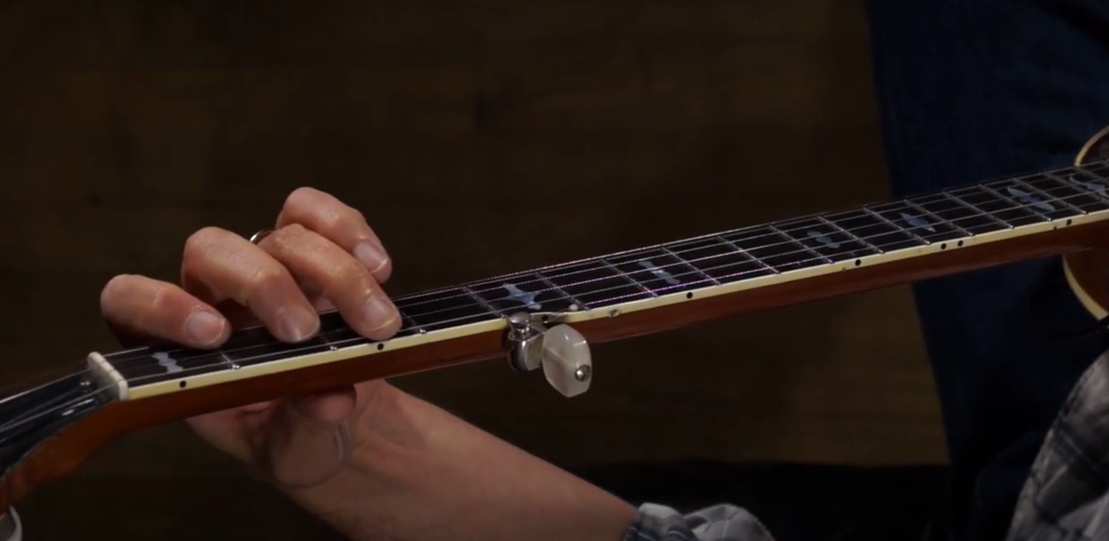
Holding The Banjo
To hold the banjo, begin by sitting in a chair with a straight back, ensuring proper posture. Rest the banjo’s back on your thighs, with the neck pointing upwards at a 45-degree angle. This position allows for optimal visibility and access to the instrument.
Next, position the body of the banjo close to your stomach, which aids in stabilizing the instrument and maintaining balance. This closeness also facilitates better control and precision while playing.
Now, focus on the position of your left hand (or right hand if you are left-handed) on the fingerboard. Ensure that your fingers are bent and prepared to press the strings, allowing for clear and accurate notes. Finding the right balance between finger pressure and string contact is crucial for producing a resonant and vibrant sound.
As for your right hand, it should hover lightly over the strings, ready to pluck them. This hovering position provides flexibility and agility, enabling you to effortlessly transition between different strings and execute various playing techniques.
Throughout the process, remember to maintain a firm yet relaxed grip on the banjo. Avoid unnecessary tension in your hands and arms, as it can hinder your playing ability and cause discomfort over time.
Ultimately, the key to holding the banjo correctly lies in finding a position that offers comfort and supports fluid movement. Strive for a posture that allows you to play with ease, promoting both enjoyment and mastery of this timeless instrument.[1]
The Right Hand
Your right hand plays a vital role in producing beautiful and resonant sounds from the banjo. The technique and position of your right hand are crucial factors that greatly influence the rhythm, tone, and overall musicality of your playing.
For a basic clawhammer style, it is important to keep your right hand somewhat relaxed, allowing for a natural and effortless movement. Position your hand over the strings by the bridge, ensuring that you have a comfortable grip. The fingers of your right hand should be slightly curved, ready to strike down on the strings with precision and finesse.
To maintain control and flexibility, remember to keep your wrist relaxed and supple. This allows for a free and fluid movement as you strum or pick the strings, enabling you to effortlessly navigate through different rhythms and musical passages. With this hand positioning, you will be able to achieve greater precision, control, and expressiveness, resulting in a more enjoyable and satisfying playing experience.
So, whether you are a beginner or an experienced banjo player, mastering the proper hand positioning and technique for your right hand is essential for unlocking the full potential of this enchanting instrument. [1]
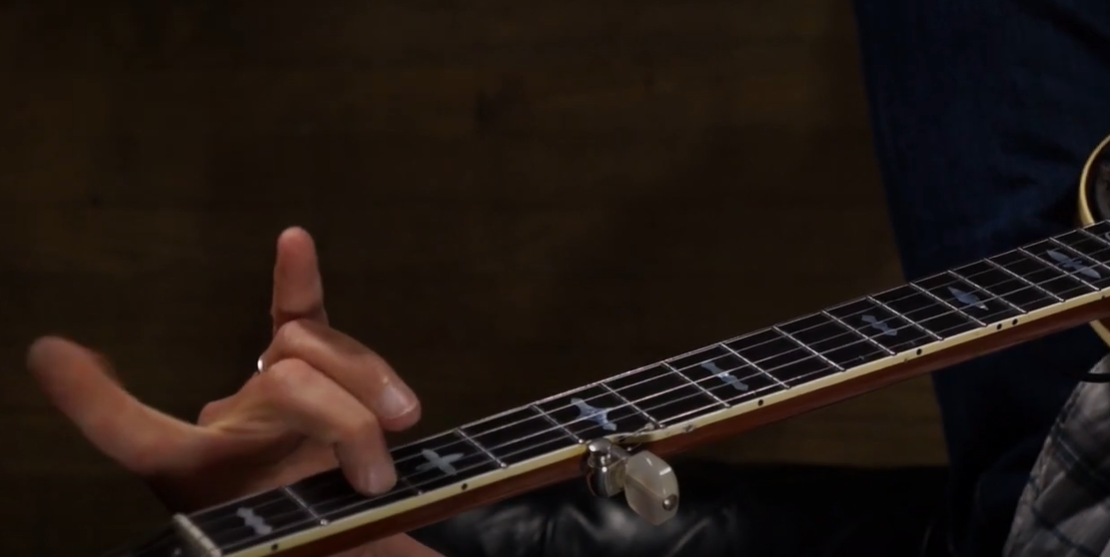
Holding The Pick
Properly holding the pick is crucial when playing the banjo as it greatly affects the sound produced and your overall playing comfort. To ensure optimal technique and performance, follow these steps:
Start by extending your right hand (or left if you’re left-handed) and position the pick flat on the side of your index finger, with the pointed end facing the same direction as your fingertip. This placement allows for better control and precision. Next, gently close your thumb over the pick to secure it in place. The pick should be positioned so that approximately half of it extends past your thumb, providing enough surface area to strike the strings effectively.
When plucking the strings, use the tip of the pick for a crisp and clear sound. It’s important to maintain a relaxed grip to prevent hand fatigue. Holding the pick too tightly can restrict your hand’s movement, while a loose grip may cause the pick to slip from your fingers. Strive for a balanced grip that is firm enough to control the pick yet relaxed enough to allow smooth movement across the strings.
As you practice holding the pick, don’t hesitate to experiment with different angles to discover the one that produces the best sound and feels most comfortable for you. Remember, finding the perfect grip is a personal journey that requires patience and exploration.[2]
The Left Hand
The left hand plays a vital role in holding the banjo, providing essential support to the neck of the instrument. It not only facilitates chord formations and note changes but also contributes to your overall comfort, playing technique, and the sound produced by the banjo.
If you’re right-handed, your left hand should be placed on the neck of the banjo, and vice versa if you’re left-handed. The thumb should be positioned at the back of the neck, creating a stable base for the fingers to move freely along the fretboard.
As you play, the index, middle, ring, and little fingers should be arched over the strings, ready to press down on the frets to change the pitch of the strings when strummed or plucked. It’s important to find a balance in your grip, firm enough to stabilize the neck but not too tight to restrict finger movement.
Moreover, maintaining a relaxed wrist and fingers is crucial to avoid unnecessary tension and ensure smooth transitions between different notes and chords. This allows for greater dexterity and precision in your playing.
Remember, mastering the techniques and positioning of the left hand is just as important as the right hand. Both hands work together harmoniously to create beautiful melodies and bring the banjo to life.[2]
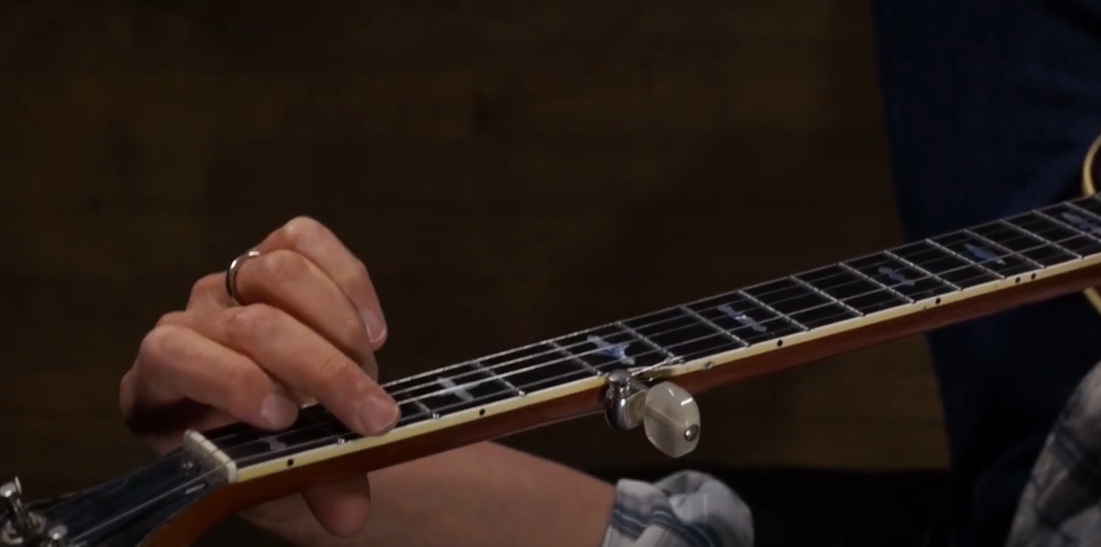
FAQ
Is it easy to learn banjo?
The ease of learning to play the banjo depends on various factors, such as your musical background, the time and effort you’re willing to invest, the style of play you’re interested in learning, and even the type of banjo you choose. For someone with some prior musical experience, especially with stringed instruments like the guitar or ukulele, the transition to the banjo may come more naturally. The banjo’s fretboard and picking technique share similarities with these instruments, making it easier to grasp certain concepts.
Fundamentally, the banjo is not a difficult instrument to learn. With consistent practice, a good understanding of rhythm and timing, and patience, one can start to play simple songs within a few weeks. However, progressing from playing basic melodies to mastering complex techniques, such as fingerpicking or melodic-style playing, requires time and dedication.
It’s important to keep in mind that every learner’s journey is unique. Some may pick up the basics quickly while others may take longer. Don’t be discouraged if progress seems slow at first. Learning to play the banjo is a gradual process that requires perseverance. Embrace the challenges and celebrate every milestone along the way.
To make the learning process more enjoyable and efficient, it’s recommended to seek out resources tailored to banjo instruction. Online tutorials, instructional books, and joining a banjo community can provide valuable guidance and support. Connecting with fellow banjo enthusiasts can also foster inspiration and motivation.
Remember, learning to play the banjo is not just about acquiring a new skill; it’s about embarking on a musical journey and discovering the joy of creating music with this unique instrument. With dedication, persistence, and the right resources, learning to play the banjo can be an incredibly rewarding and fulfilling experience that will bring you a lifetime of enjoyment.
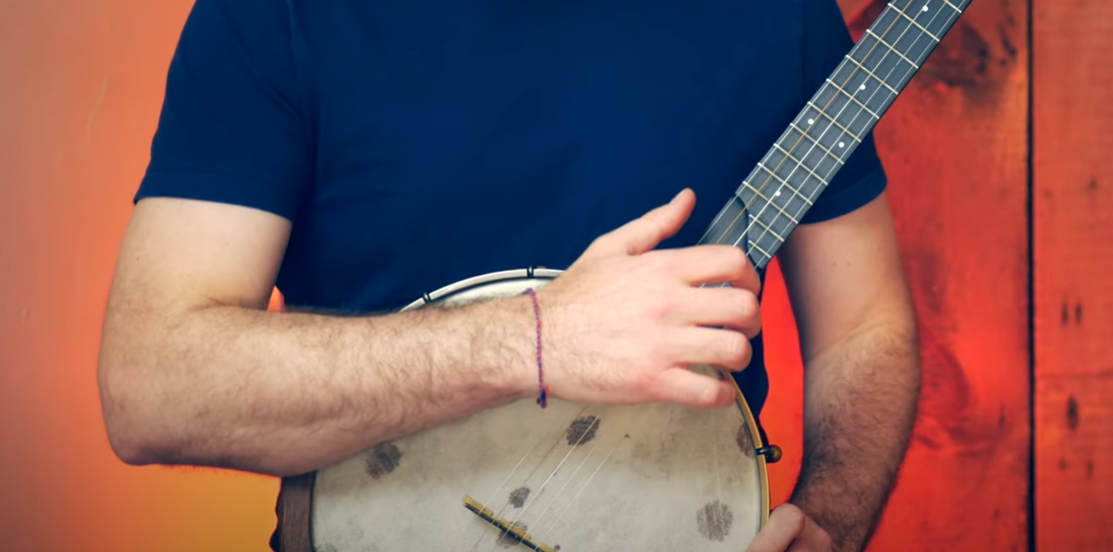
Do you need finger picks for banjo?
The use of finger picks when playing the banjo can largely depend on the style of music you are playing. For bluegrass style or Scruggs-style banjo playing, finger picks are typically used to achieve a loud and bright tone. They are worn on the thumb, index, and middle fingers of the right hand (or left if you’re left-handed) and are used to pluck the strings in an upward motion. This technique allows for greater control and precision, enabling the banjo player to execute intricate and fast-paced melodies with ease.
Conversely, for the clawhammer or old-time style, finger picks are not typically used. Instead, the player relies on the natural nails of their fingers to strike down on the strings, producing a distinct rhythmic and percussive sound. This style of playing emphasizes the rhythmic patterns and creates a unique and soulful tone that is characteristic of traditional banjo music.
It’s worth noting that using finger picks can feel a bit strange initially, as they require some adjustment and getting used to. However, with consistent practice and perseverance, finger picks can become a valuable tool in your banjo playing arsenal. They offer versatility in tone and allow the player to experiment with different playing styles, adding depth and richness to their musical expression.
Therefore, while not strictly necessary, finger picks can enhance your playing and help you achieve a variety of tones on the banjo. Whether you choose to incorporate finger picks or rely on your natural nails, exploring different techniques and styles will undoubtedly enrich your banjo playing journey. So, go ahead and embrace the world of finger picks, and let your banjo melodies soar to new heights!
What is the easiest banjo style to learn?
For beginners, the easiest banjo style to learn is often the clawhammer or frailing style. This style, prevalent in old-time and traditional folk music, involves a downward strumming motion and does not require finger picks. The simplicity of the clawhammer technique makes it easier for beginners to pick up the basics and start playing songs quickly.
However, what’s “easy” can vary from person to person, depending on their musical background and personal preferences. Some people might find the three-finger Scruggs style more intuitive, especially if they have previous experience with fingerpicking on guitar or similar instruments. The Scruggs style is the cornerstone of bluegrass banjo and offers a greater variety of sounds and more complex picking patterns. It involves a combination of three fingers, usually the thumb, index, and middle finger, plucking the strings in different sequences to create intricate melodies and rhythms.
Regardless of the style you choose to start with, remember that the key to learning successfully is consistent practice and patience. Dedicate regular time to practice your banjo playing, whether it’s focusing on mastering basic chords and strumming patterns or delving into advanced techniques. Set small goals for yourself and celebrate your progress along the way. With dedication and perseverance, you’ll be able to develop your own unique banjo playing style and enjoy the rich sounds of this captivating instrument.
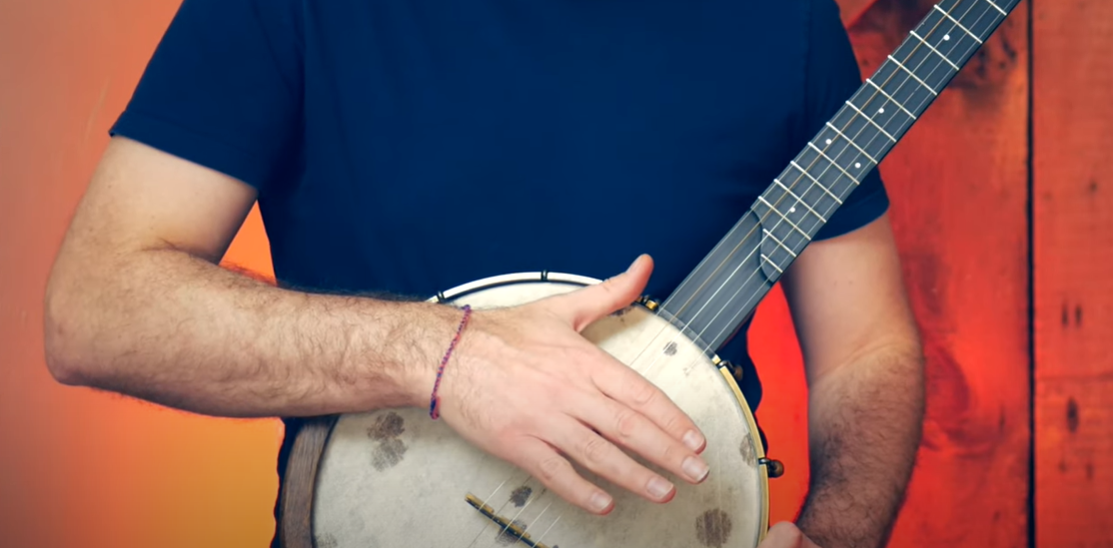
How do you practice banjo?
Practicing the banjo involves a combination of regular playing, learning new songs, and mastering the necessary techniques. Starting with a simple warm-up exercise such as finger stretches and scales can help prepare your hands for more complex movements. It’s important to establish a solid foundation of technique and finger dexterity to enhance your overall playing ability.
A key aspect of banjo practice is learning and perfecting chords. Begin with the basic chords, such as G, C, and D, gradually expanding your repertoire as your confidence and comfort level increase. This will allow you to play a wider range of songs and progress to more complex arrangements. Experimenting with different chord voicings and inversions can also add richness and variety to your playing.
Dedicate a part of your practice session to learning new songs. This not only makes practice more enjoyable but also helps apply learned techniques in a practical musical context. Start with simple songs and gradually move on to more complex pieces as your skill level improves. Pay attention to the melody, rhythm, and phrasing, and strive to capture the essence and emotion of each song you learn.
Practicing picking patterns is also crucial for both clawhammer and Scruggs-style players. Work on your right-hand (or left-hand, if you’re left-handed) techniques, such as alternate picking, rolls, and drop-thumb, focusing on maintaining a consistent rhythm and clean, crisp notes. Practice playing different patterns at various tempos to develop speed and accuracy. Additionally, incorporating slides, hammer-ons, and pull-offs can add flavor and nuance to your playing.
Lastly, remember that quality of practice is more important than quantity. Even 15 minutes of focused, mindful practice can be more beneficial than an hour of unfocused strumming. Be patient with your progress, keep your practice sessions regular, and most importantly, enjoy the process. Playing the banjo is, after all, meant to be a joyful and rewarding experience that allows you to express your creativity and connect with others through music.
Is The banjo the hardest instrument to play?
The difficulty of mastering an instrument is largely subjective and can vary based on an individual’s musical background, commitment, and personal aptitude. When it comes to the banjo, with its unique playing styles and techniques, there is indeed a learning curve to navigate. However, it is important to note that the banjo is generally not considered one of the most challenging instruments to learn.
With consistent practice and a good understanding of music theory, one can learn to play the banjo effectively. It’s worth mentioning that the banjo’s open tuning, which allows for easier playing of basic chords, makes it reasonably accessible for beginners. This characteristic can be particularly encouraging for those just starting their musical journey.
That being said, mastering more advanced techniques, such as the Scruggs-style three-finger picking, does require time, patience, and dedication. It is through persistent effort and a genuine passion for the instrument that one can truly excel in banjo playing. While the banjo may not be considered the most technically demanding instrument, it still demands a certain level of commitment and dedication to reach a high level of proficiency.
In summary, the banjo presents a learning curve that can be overcome with consistent practice and a solid foundation in music theory. It offers a unique playing experience with its open tuning, making it accessible for beginners. However, to truly master the banjo and explore its full potential, one must be willing to invest time and effort into advancing their skills.

Is the banjo a difficult instrument?
The banjo, a beloved instrument, presents its own set of unique challenges and rewards for musicians. While it does require time, practice, and dedication to master, it’s important to note that it is not inherently more difficult than other stringed instruments.
For beginners, the open tuning of a banjo provides a relatively simple starting point, allowing them to easily play basic chords and melodies. However, as one delves deeper into the world of banjo playing, exploring different styles such as clawhammer or the Scruggs style, the complexity increases. This opens up a whole new realm of possibilities and challenges, requiring continued practice and patience.
But fear not! With consistent effort and perseverance, anyone can learn to play the banjo and appreciate its distinctive sound and remarkable versatility. It’s crucial to remember that the journey of learning an instrument is not solely about the level of difficulty, but also about the joy and satisfaction that comes from personal progress and mastery.
So, if you’re ready to take on the banjo, embrace the challenges and rewards that it offers. Dive into the intricacies of this fascinating instrument, and you’ll discover a world of musical expression and fulfillment that will enrich your life. Happy banjo playing!
Useful Video: How to Hold the Banjo
Conclusion
Taking up the banjo can be an enriching and rewarding journey, irrespective of the perceived challenges. The key to mastering this unique instrument lies in regular practice, patience, and a deep appreciation for the music it makes. Whether you gravitate towards the rhythmic synchronization of the clawhammer style or the rich tonality of the Scruggs style, remember that every strum is a step forward on your musical journey. As with any instrument, the banjo will present its own set of challenges, but overcoming these barriers is part of what makes the process so rewarding. So pick up that banjo, start plucking those strings, and discover the joy of creating music with one of the most distinctive instruments in the world of music.
References:
- https://blog.mcneelamusic.com/a-beginners-guide-for-tuning-and-holding-the-banjo/
- https://countryinstruments.com/how-to-hold-a-banjo/





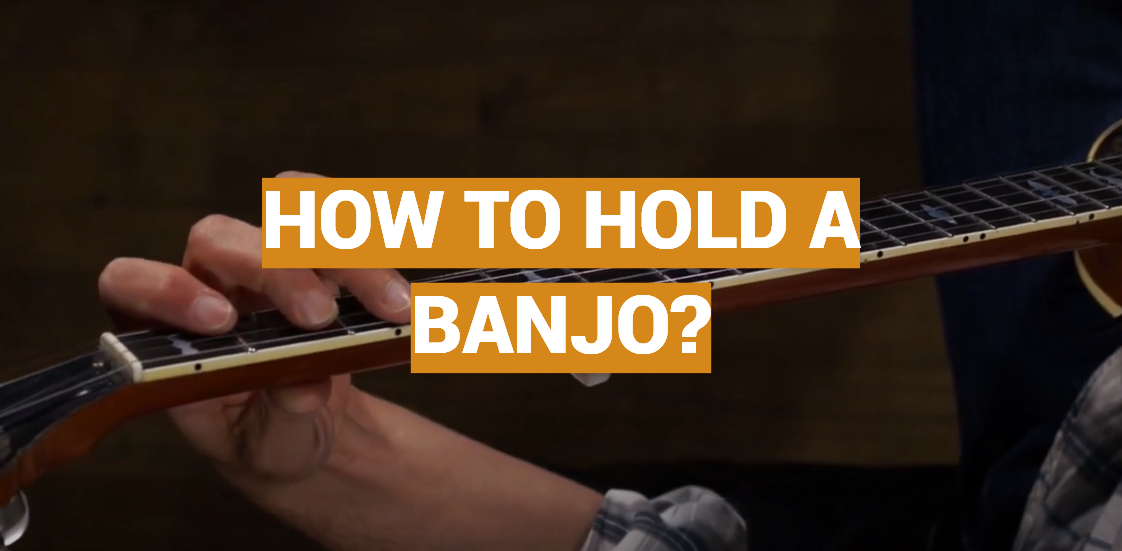



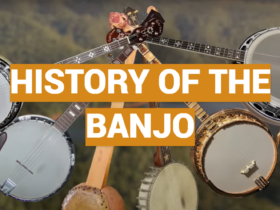
Leave a Reply